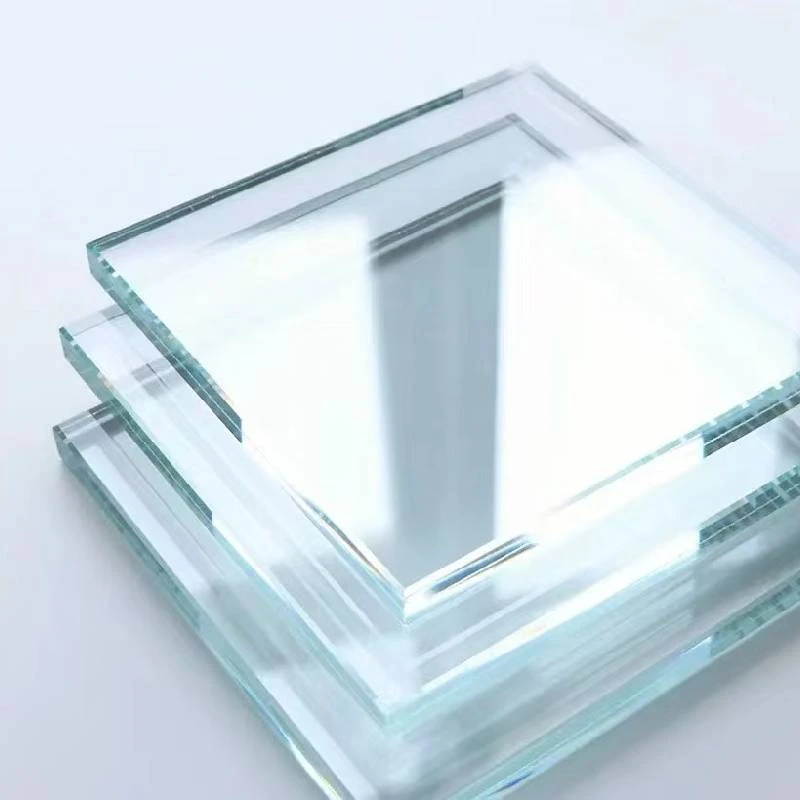

The Various Types of Patterned Glass A Comprehensive Overview
Patterned glass has long been a favored material in architecture and design, renowned for its versatility and aesthetic appeal. Its textured surfaces can add depth and visual interest to a space while providing privacy without sacrificing light. In this article, we will explore the various types of patterned glass, their manufacturing processes, and their applications in modern design.
1. Understanding Patterned Glass
Patterned glass, also referred to as textured glass, is created by molding, rolling, or etching a design into the glass surface. This process results in a unique finish that can diffuse light, create privacy, and enhance the visual dimension of windows and partitions. The patterns can range from simple lines to intricate designs, catering to various aesthetic preferences and functional needs.
There are several types of patterned glass, each with distinct characteristics
- Rolled Glass During manufacturing, molten glass is passed through rollers with a patterned surface, creating a textured sheet. Common patterns include ripples, waves, and florals. Rolled glass is ideal for places where diffused light is desired, such as in bathroom windows or interior doors.
- Etched Glass Achieved through a process where a chemical or sandblasted pattern is applied to the glass surface, etched glass offers a more refined and customizable approach. This type can display anything from simple geometric shapes to detailed artistic scenes. It is widely used in decorative panels, shower doors, and glass partitions.

- Frosted Glass Frosted glass is created by sandblasting or acid-etching the surface, giving it a translucent appearance. This type is particularly popular in contemporary design for its ability to obscure visibility while allowing light to pass through. It’s commonly found in office partitions, bathroom windows, and glass doors.
- Embossed Glass Embossed glass features raised designs that can be felt as well as seen. This type of glass not only serves decorative purposes but also adds texture to the surface, making it a popular choice for furniture, mirrors, and decorative screens.
- Patterned Laminated Glass This type combines layers of glass, with a patterned interlayer sandwiched between them. The result is a durable product that enhances safety while offering aesthetic benefits. It’s often used in both residential and commercial settings, such as storefronts or large windows.
3. Applications of Patterned Glass
Patterned glass can elevate the design of a space in numerous ways. In residential interiors, patterned glass is often used for bathroom windows or sliding doors, where privacy is crucial. In commercial settings, it can serve as a stylish solution for office partitions, allowing for an open yet discreet workspace. Additionally, patterned glass can enhance the exterior of buildings, providing a unique facade and reducing glare while maintaining an elegant appearance.
4. Conclusion
The diverse types of patterned glass offer an array of design opportunities, making them invaluable in modern architecture and interior design. From rolled and etched to frosted and embossed, each type provides unique characteristics that cater to varying aesthetic and functional needs. As the demand for innovative design solutions continues to grow, patterned glass is poised to remain a popular choice, transforming spaces and contributing to a harmonious interplay of light, texture, and privacy. As architects and designers explore new ways to incorporate this versatile material, the future of patterned glass looks promising, aiming to enhance both beauty and practicality in our living and working environments.